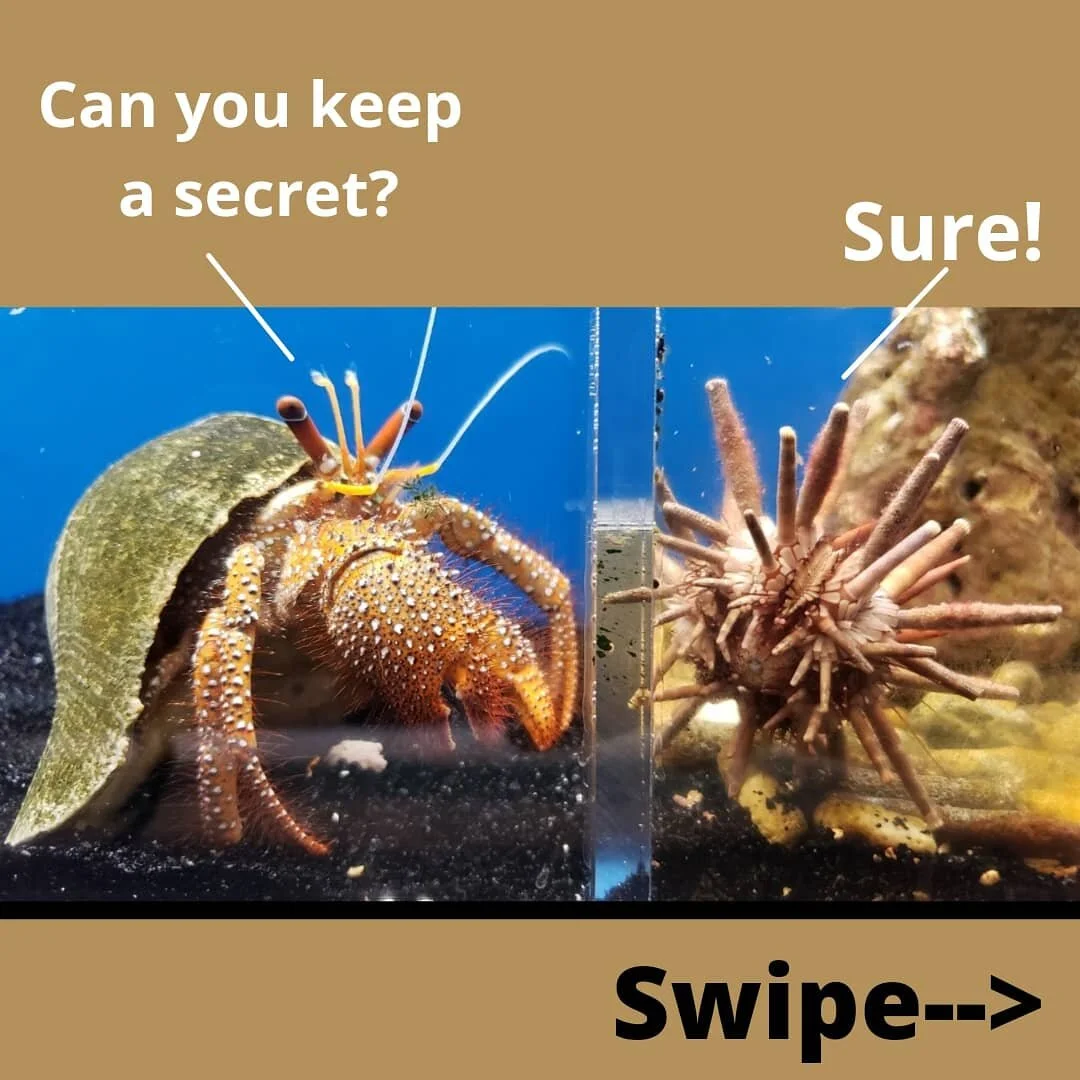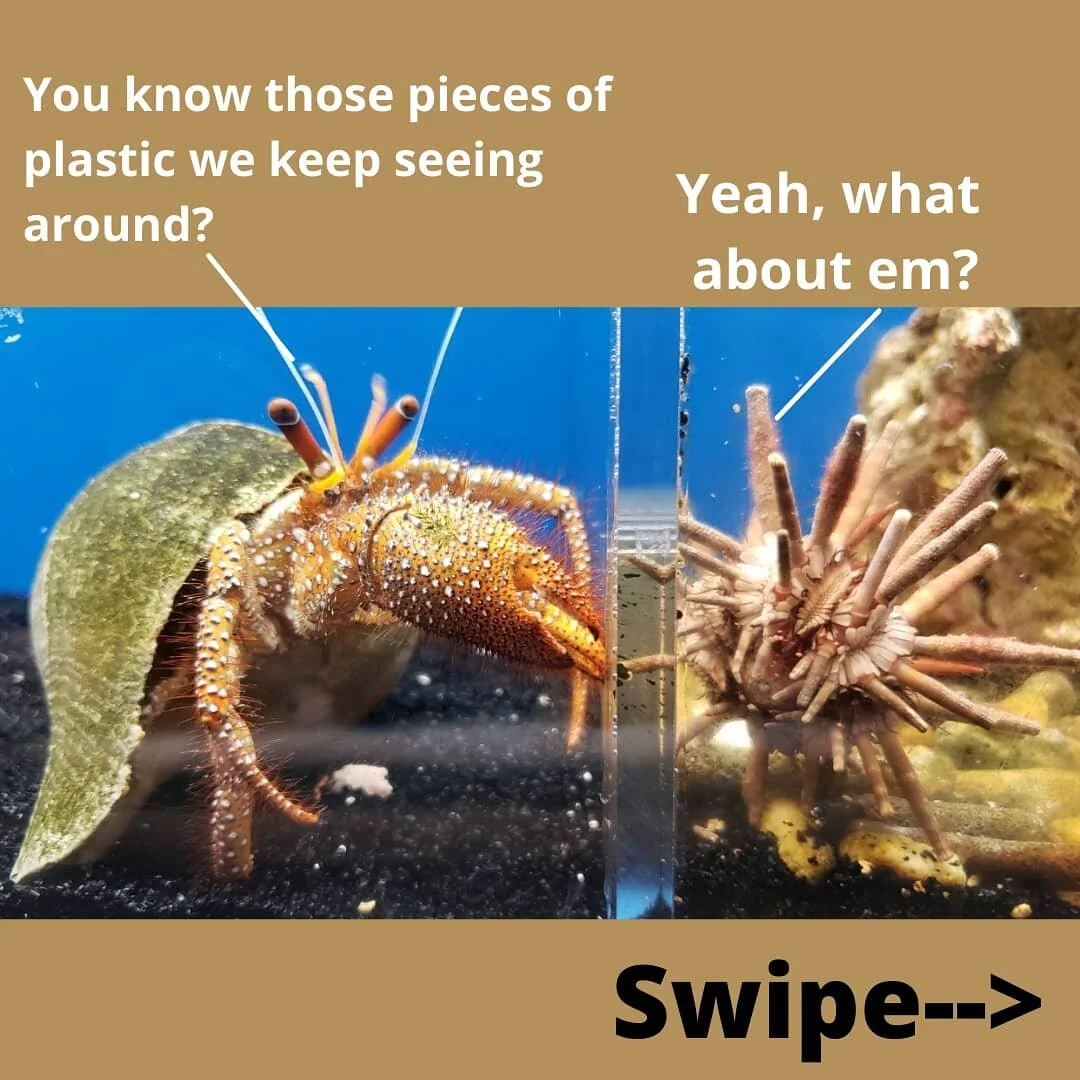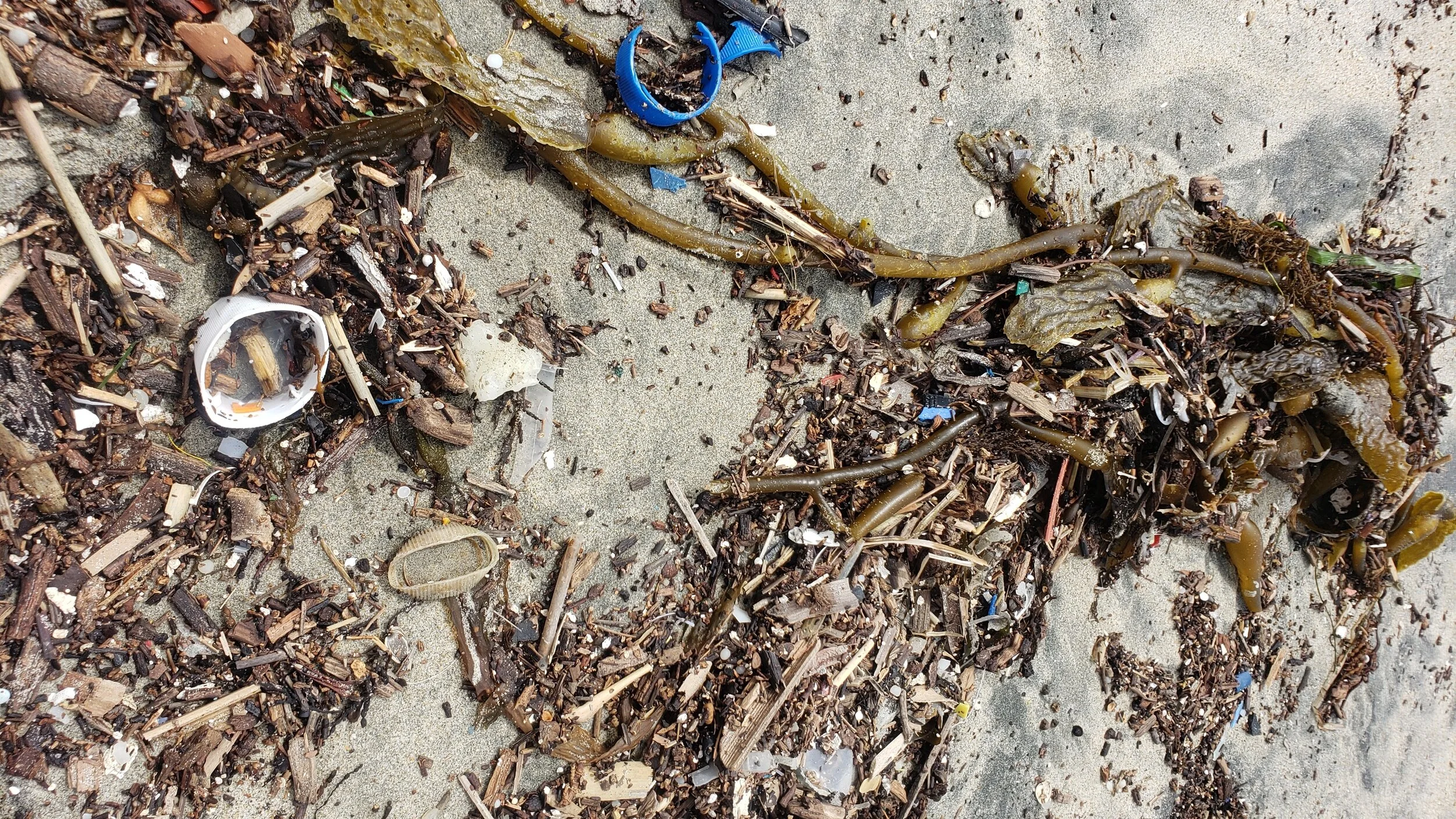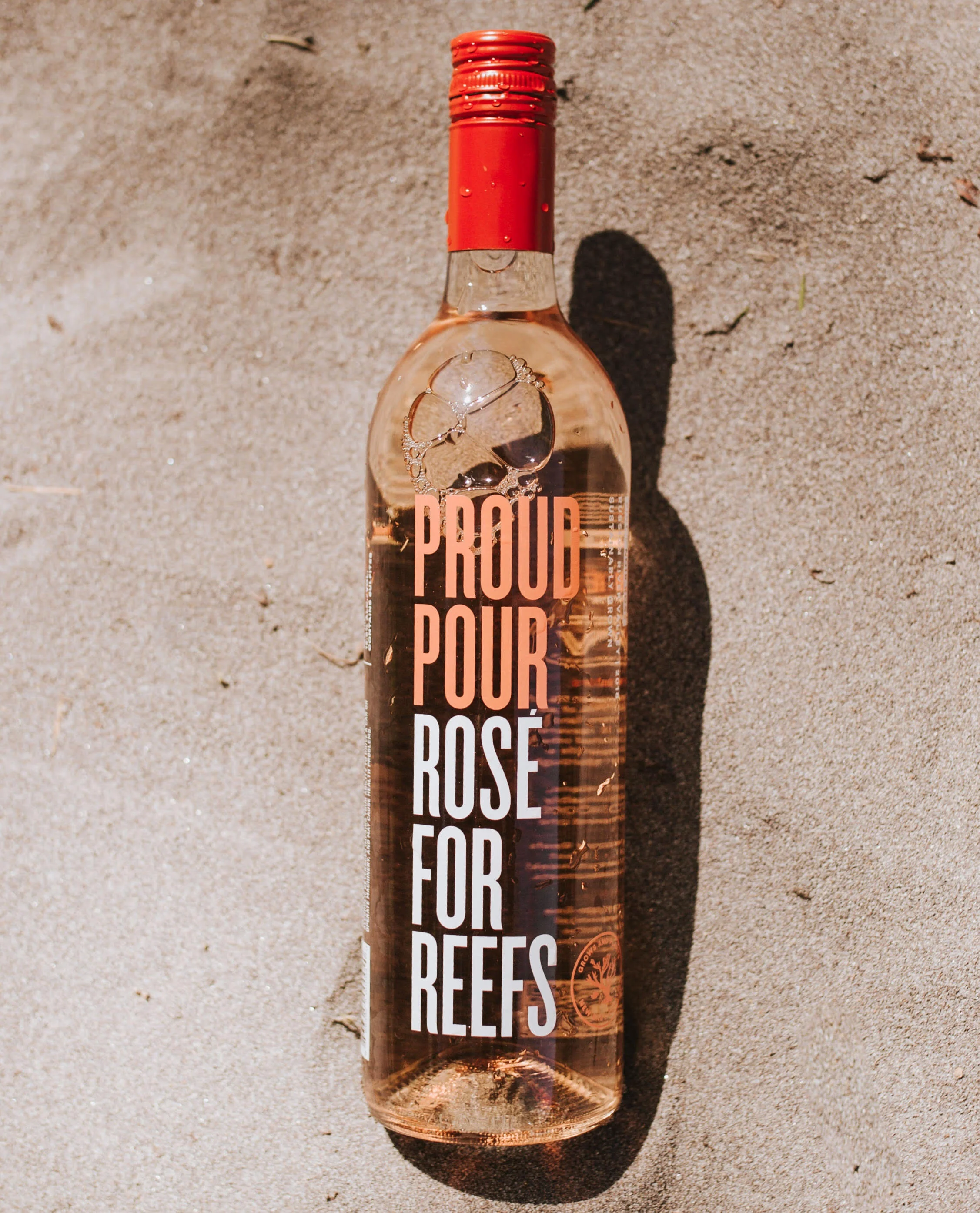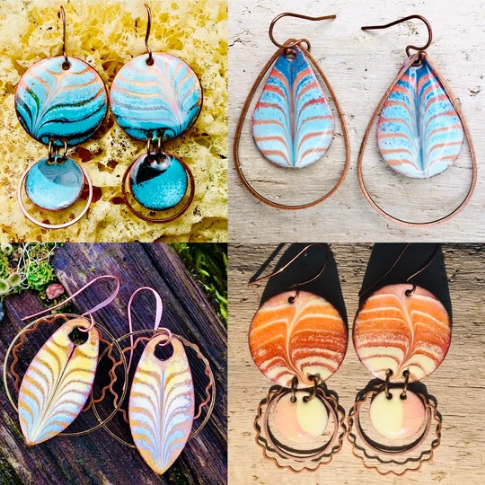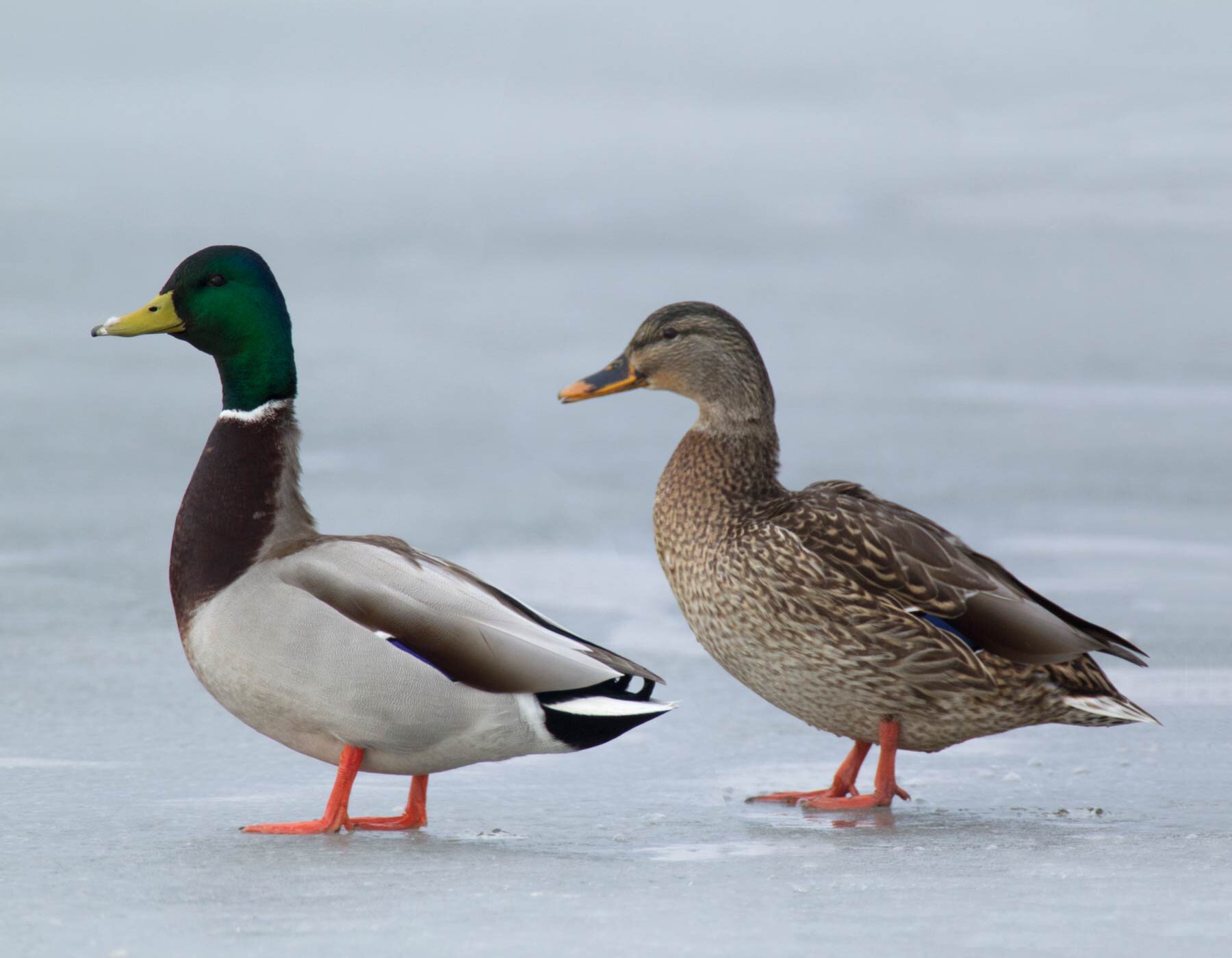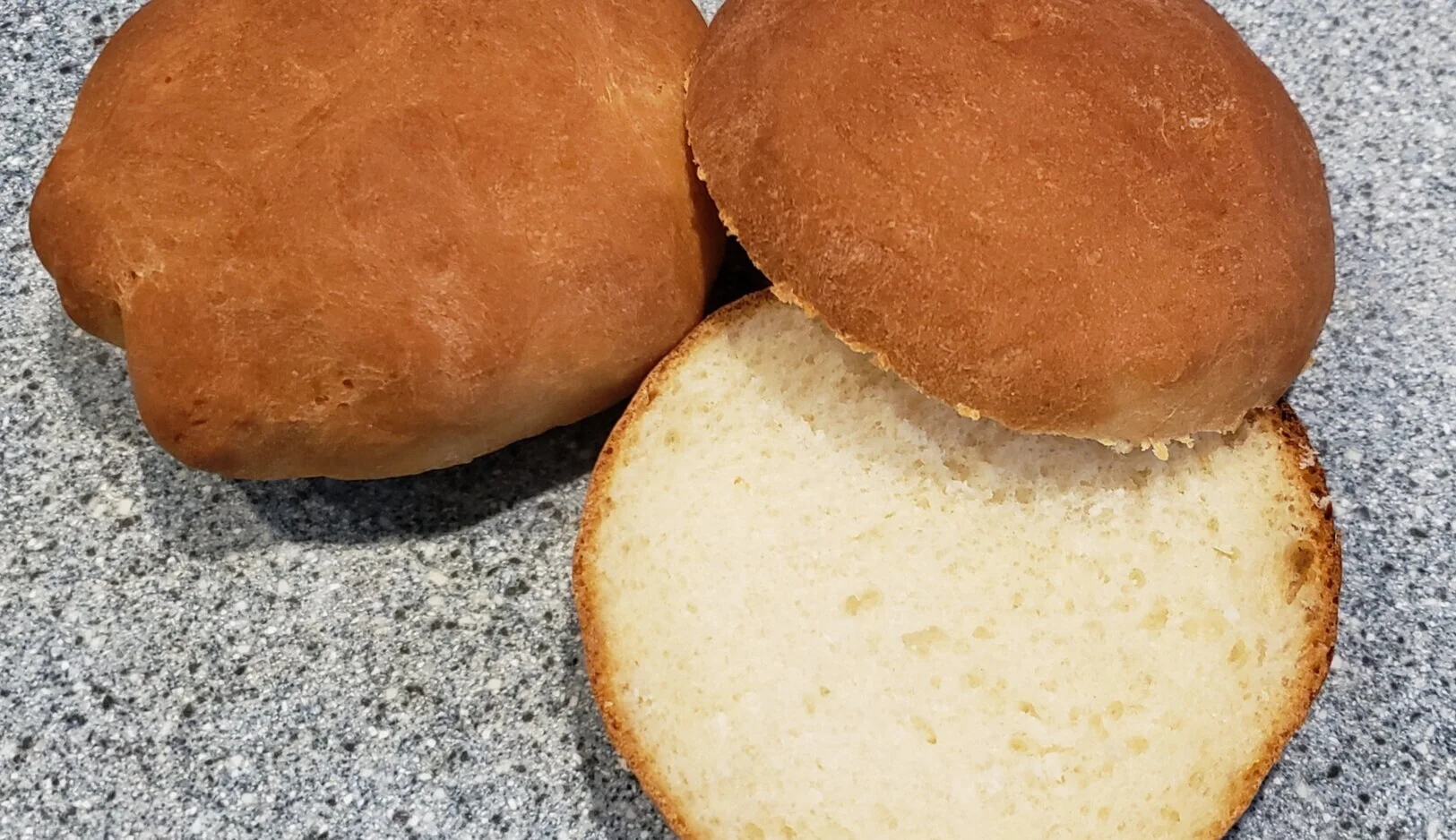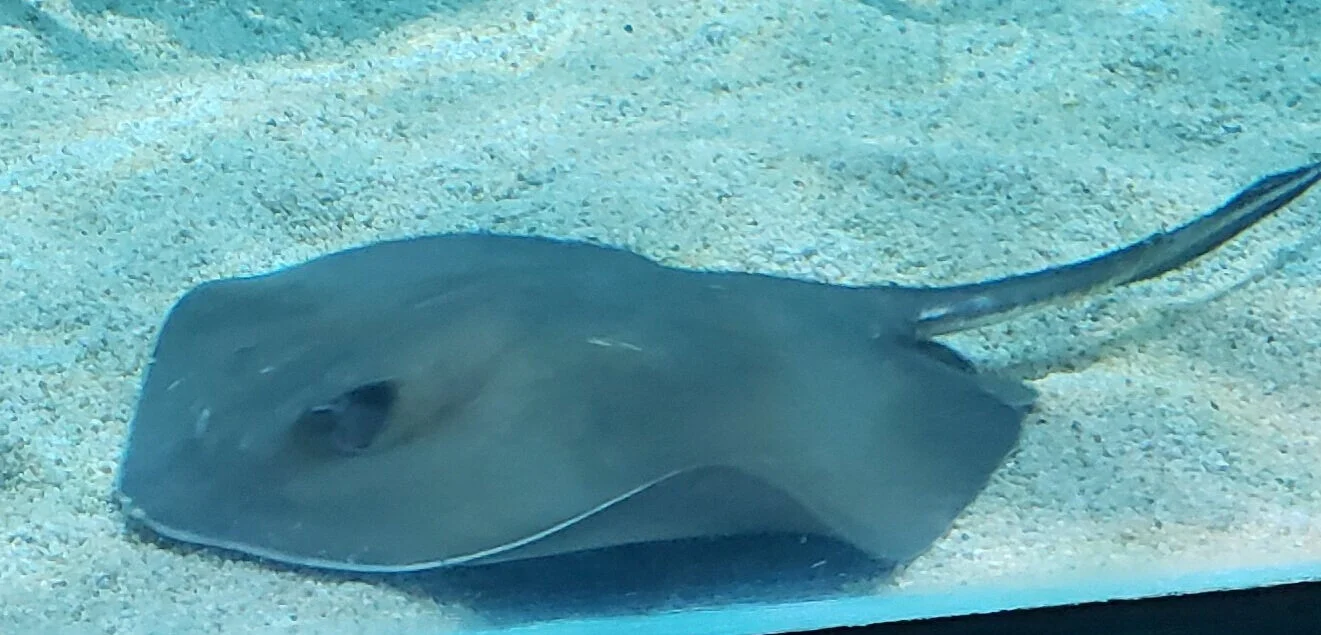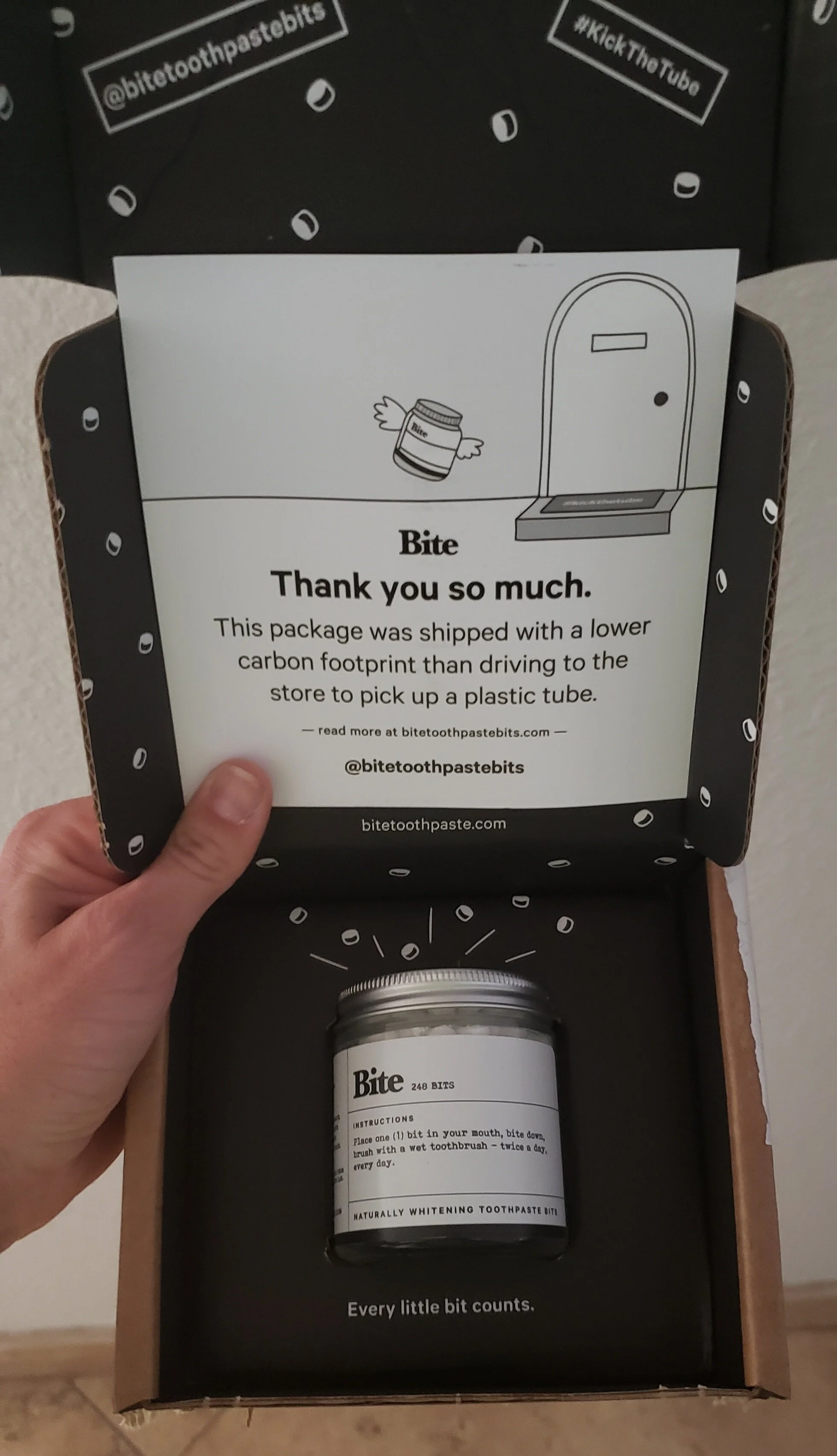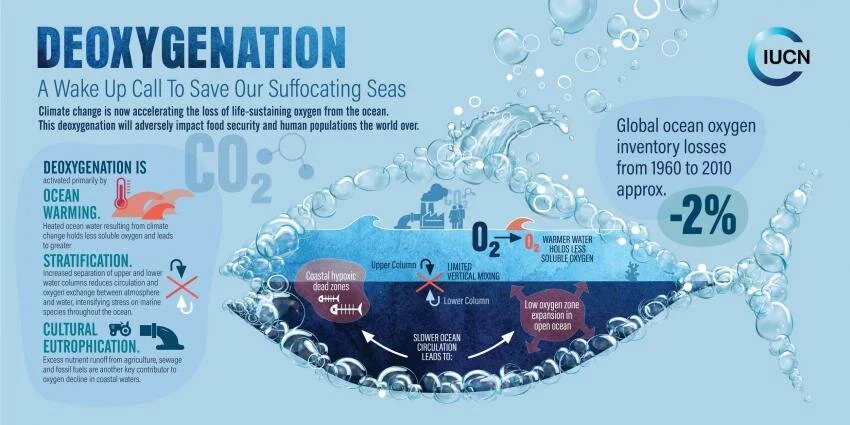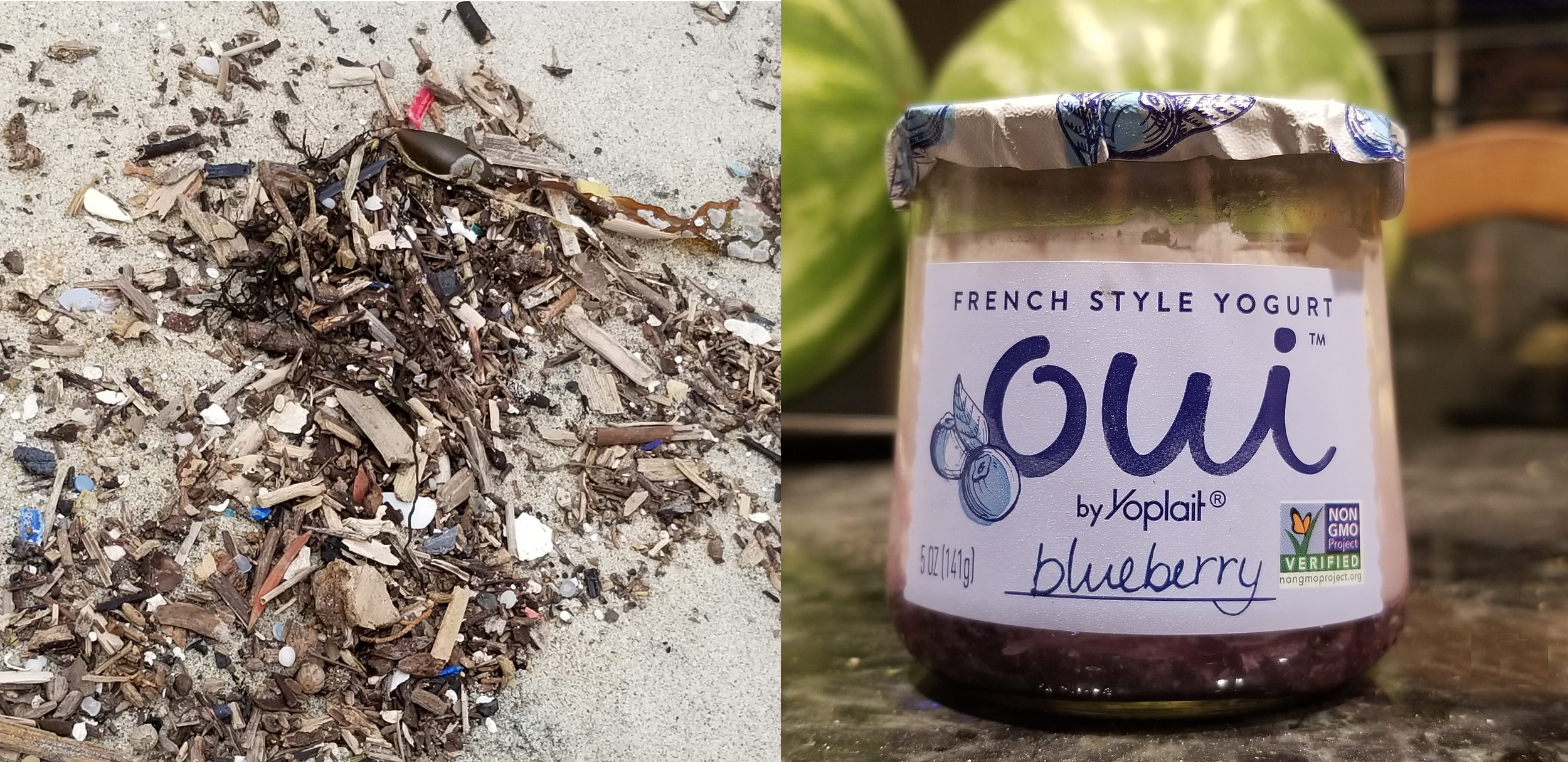For the past several years I’ve been your average bystander, watching as plastic pollution issues expand around me while I dutifully shopped with my reusable grocery bags.
On the occasions I forget them I request paper and reflect on how things have changed even in my short lifetime. In grade school, I remember being taught how important it was, in order to save the trees, to ask for plastic bags instead of paper. Paper bags went from being common place to a thing of the past and I now get odd looks when I say I’m trying to reduce my plastic consumption.
It sounds odd to say- plastic consumption-, but that’s what it really is. Even though we’re not directly eating** the plastic we purchase, we’re still indirectly purchasing it, with our toothpaste, toilet paper, shampoo bottles, and our food. Each time we spend our hard earned money purchasing goods cozily enveloped in plastic, we’re telling companies- “We’re okay with this, no need to change a thing.”.
Surely you’ve heard the phrase- put your money where your mouth is? Many consumers have realized they have power, not only in their purchase decisions, but also in connecting with companies. In 2018 Trader Joe’s announced, due to consumer demand, they were going to work on eliminating unnecessary plastic from their stores. (Check out all they are doing here.)
But consumers aren’t always the ones behind the changes, in some cases it’s science, for example the Microbead-Free Waters Act that was passed in 2017 banned microplastic beads from things like body washes and gel soaps.
Fast forward a few years to researchers sharing a gruesome video of a drinking straw being extracted from the nostril of a sea turtle. That footage lead to a ban of single use plastic straws in many major cities and even in major businesses.
Social media has done a LOT to help raise awareness about certain issues but when it comes to the larger picture it can be easy to get caught up in the out-of-sight, out-of-mind viewpoint. However being out of sight hasn’t stopped innovators like Boyan Slat and his team at The Ocean Cleanup from trying to tackle massive cleanups along rivers and in the middle of the ocean.
You could even say its inspired folks like Ben, Josh, Drew and the team of the Vortex Swim, to do what they can to raise awareness- on a worldwide scale, but also on a local scale through their personal choices. (Make sure to watch my interview with Josh here.)
Ultimately, I think that is where change has to start- on a personal level. It’s hard to start making those changes and you have to want it! Is it easier to stop by the grocery store and pick up a premade dinner that’s wrapped in plastic? Of course. But when I think back to how I felt last time I visited my favorite beaches and found the sand littered with plastic, each incoming wave adding more and more pieces- that crushing feeling makes me think twice.
Sure I wasn’t the one putting trash directly in the water, but I wasn’t doing anything to stop it. I LOVE the ocean and our aquatic ecosystems and I want these wonderful places I grew up enjoying to still be beautiful and enjoyable through time. So yes, maybe it is time for me to start doing something more than just shopping with reusable bags. Maybe it’s time for me to start raising my voice and creating awareness.
After all, if as a society we managed to switch from paper to plastic in a few short years, I have every hope we can reduce our dependence on it.
** This 2019 study estimates that the average human ingests about 5 grams or a credit card’s worth of plastic each week from what we eat, drink and the products we use. To see the study click here.


